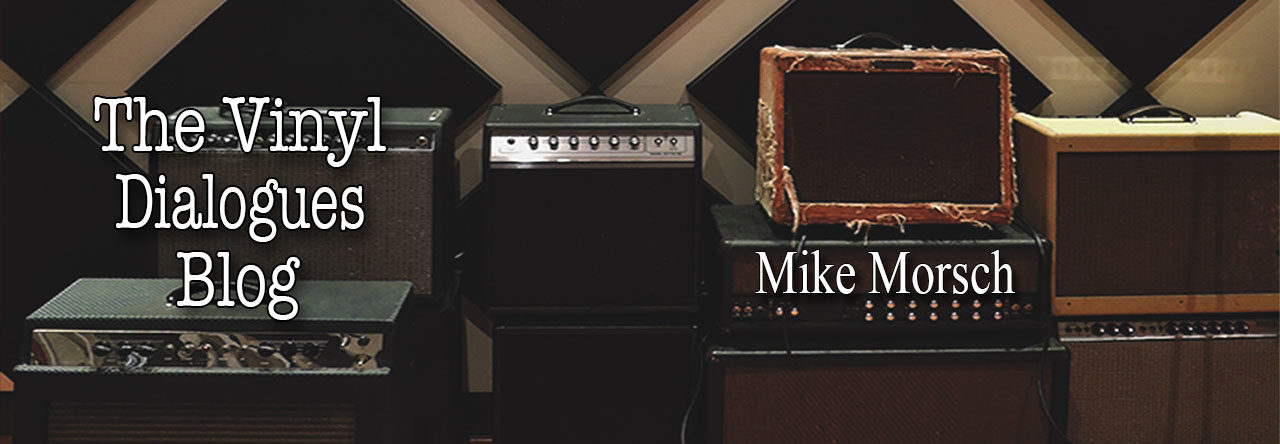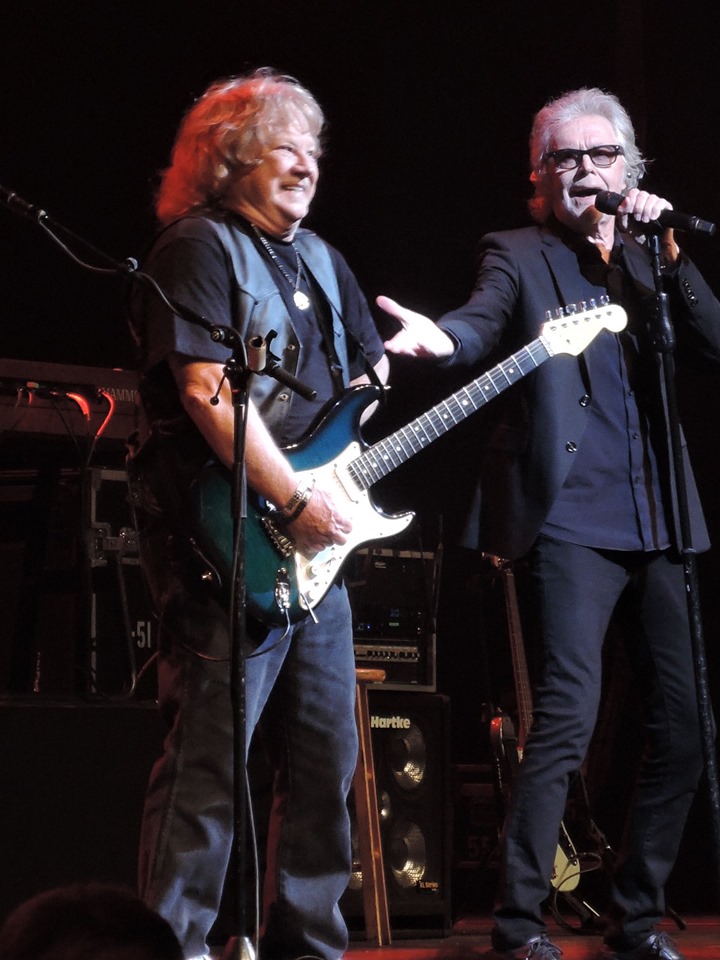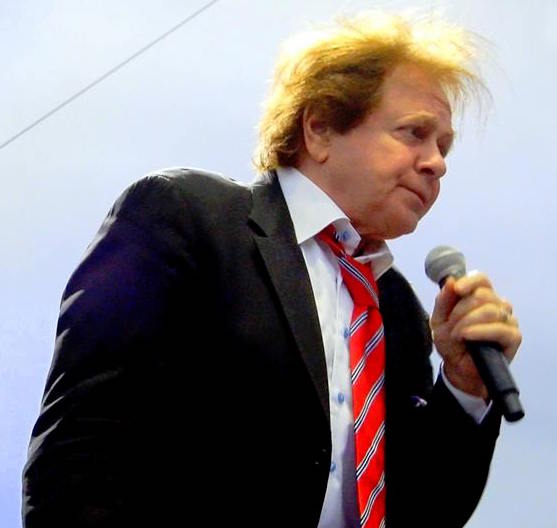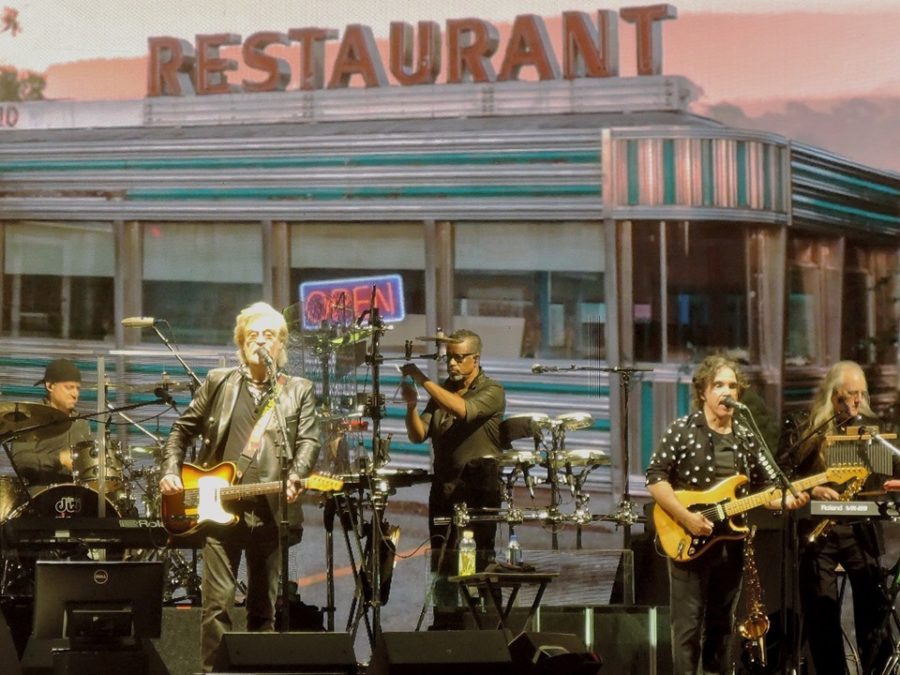When I was a kid in the 1970s, listening to WLS out of Chicago, I used to keep a cassette recorder loaded with a blank tape on my nightstand next to the radio. As I lay there trying to fall asleep, I would listen to the music, and when a song came on that I liked, I’d fumble through the darkness and attempt to hit the “record” button.
That’s how we put a setlist together back in those days. And even though I got fairly adept at hitting the “record” button when one of my favorite songs came on (actually you had to hit “play” and “record” at the same time, which increased the degree of difficulty when doing it in the dark), my reaction time was always a tick or two behind. So my setlist of favorite tunes I played on that cassette recorder was inevitably missing the intros … Read more




